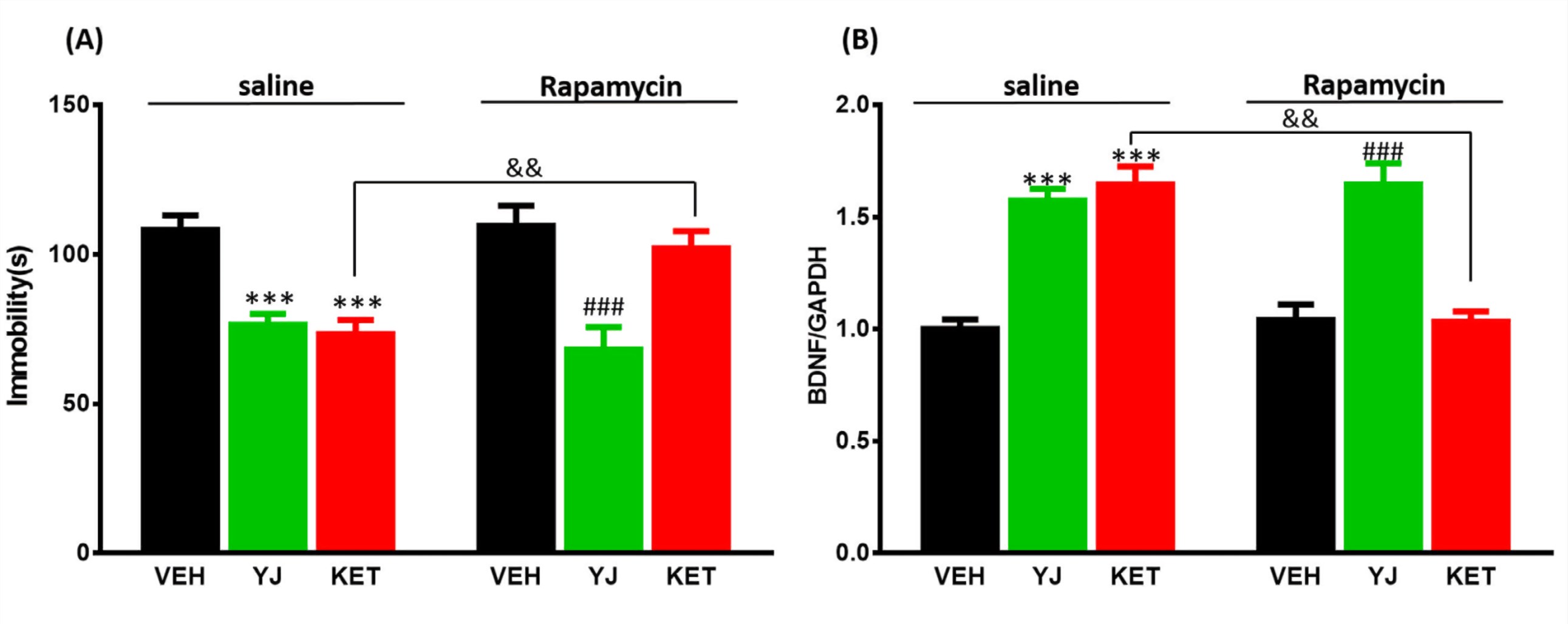Tail Suspension Test
The tail suspension test is a valuable tool in drug discovery for high-throughput screening of prospective antidepressant compounds. In this test, the animals are subjected to an unavoidable and unpreventable short-term stress by suspending them into the water by holding their tail. Here, Creative Biolabs conducts this behavioral test in rodents to screen potential antidepressant drugs as well as other manipulations that are expected to affect depression-related behaviors.
Introduction of Tail Suspension Test
Tail suspension test (TST) shares a common theoretical basis and behavioral measure with the forced swim test. In this procedure, tails of rodents are suspended using adhesive tape to a horizontal bar. Typically, the suspended rodents are immediately engaged in several agitation or escape-like behaviors, followed temporally by developing an immobile posture. This immobility is thought to reflect a state of lowered 'mood' (i.e. depression) in which animals have given up hope of escaping. Hypothetically it analyzes and reflects the behavioral despair which in turn may reflect depressive disorders in humans.
Immobility is defined as the absence of movement for 6 minutes. Each animal in the test is recorded by a video camera and scored by a blinded experimenter. The time of immobility is recorded for analysis of depressive performance. Acute antidepressant treatment given prior to the test reduces immobility time in the TST and is considered to have good predictive validity.
Features of Tail Suspension Test
- The TST test is a reliable and rapid test for screening antidepressants and is able to discriminate stimulant dose from antidepressant dose.
- This test will not produce hypothermia that results from the immersion of animal into the water in the forced swim test.
- It provides an accurate objective measurement of the duration of immobility and is more sensitive to lower doses of drugs with clear dose-effect relationships.
- It is capable of detecting a broad spectrum of antidepressants irrespective of their underlying mechanism.
- Useful in inducing changes that are weak to therapeutic agents in a manner projecting of their effects in humans.
 Fig.1 Effects of mTOR blockade with rapamycin pretreatment on immobility times in the tail suspension test in KM mice and BDNF gene expression 1 day post-Yueju and ketamine. (Xue et al. 2016) 1, 2
Fig.1 Effects of mTOR blockade with rapamycin pretreatment on immobility times in the tail suspension test in KM mice and BDNF gene expression 1 day post-Yueju and ketamine. (Xue et al. 2016) 1, 2
Creative Biolabs has established and validated a wide range of animal behavioral tests to evaluate different aspects of rodent behavior, including motor function, cognitive function, and social behavior. Moreover, new behavioral tests are constantly developed and validated. If you are interested in learning more about our depression models and assays, please contact us to start the conversation.
A comprehensive list of rodent neurological disease models is placed below, click the links for more information of each disease:
References
- Xue, W.; et al. PKA-CREB-BDNF signaling regulated long lasting antidepressant activities of Yueju but not ketamine[J]. Sci Rep. 2016, 6:26331.
- under Open Access license CC BY 4.0, without modification.
For Research Use Only.
